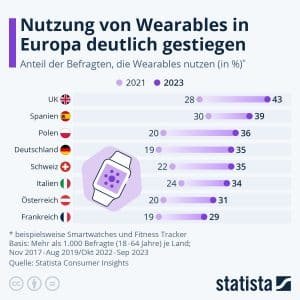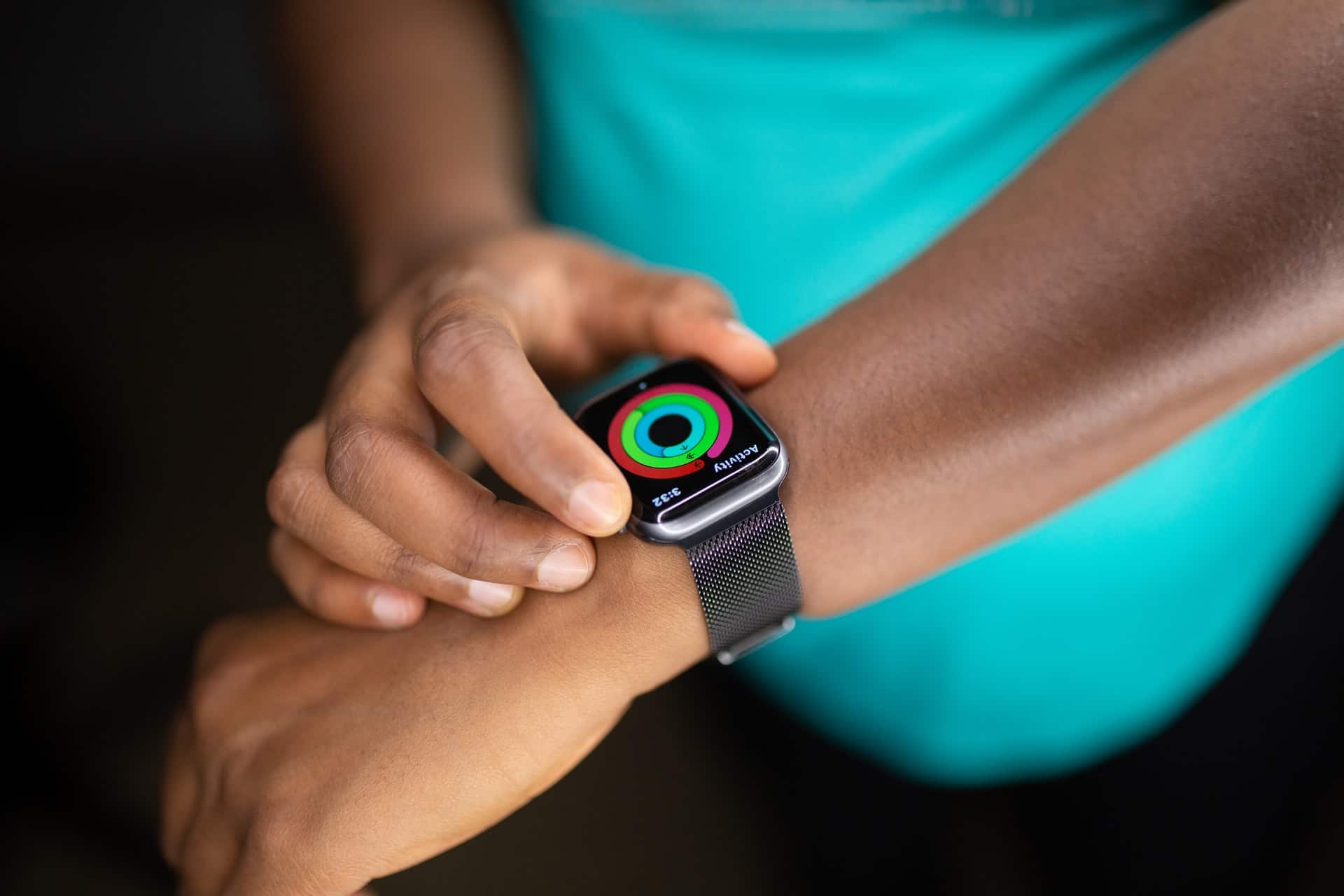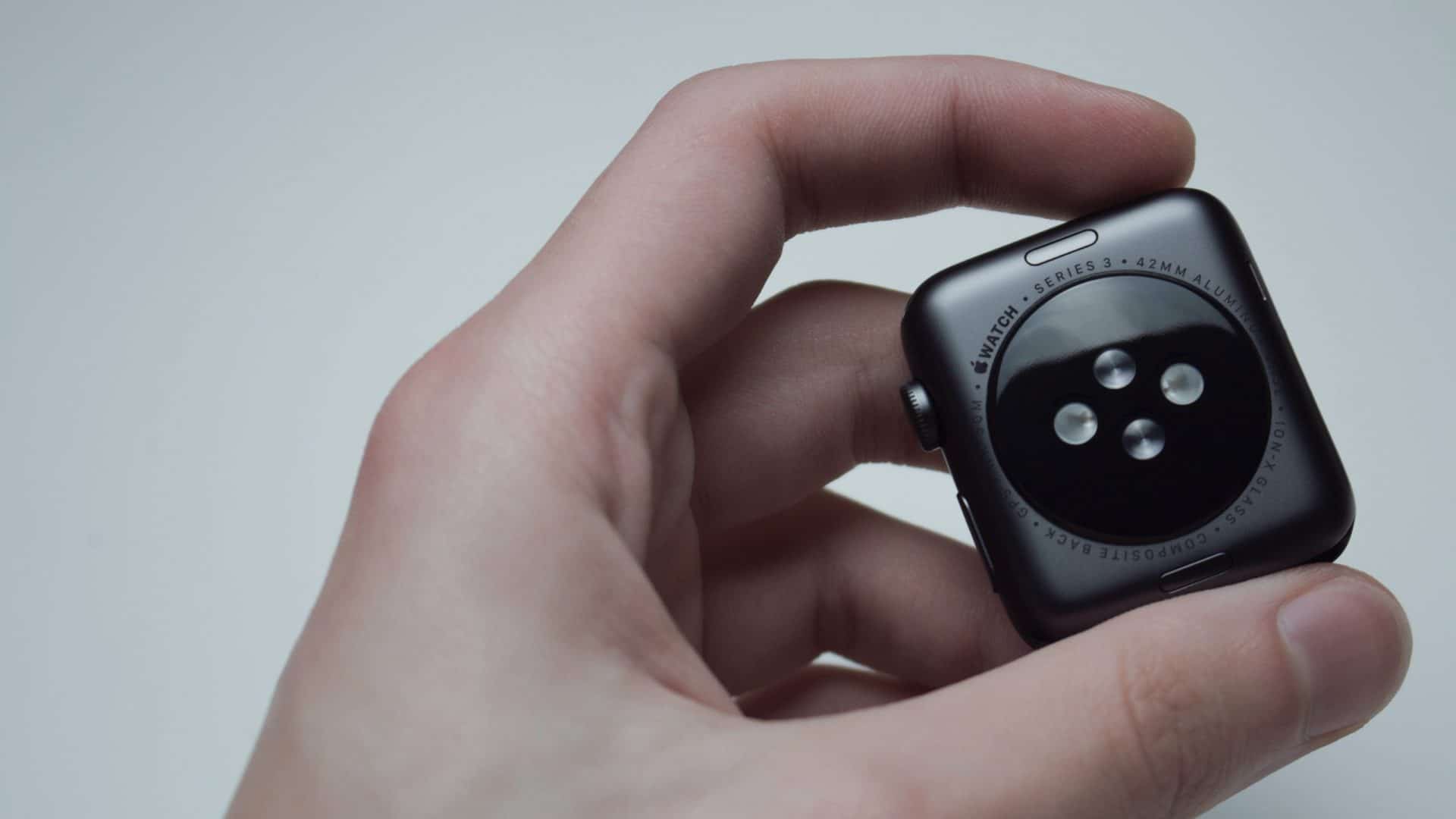Which wearables are relevant?
A frequent question we hear from digital health and wellness services targets device manufacturer distribution. When it comes to integrating data from wearables, smartwatches and health trackers, what devices are your users actually using? Which vendors do you need to integrate, so that you cover the majority of your users devices? Or simply put, is it enough to integrate Apple Health 🍎🏥 or do you need more than a dozen vendors?
We’re exploring the answer to this question in this post and lo and behold, it’s a classic consultancy answer.
Why are wearables used in the first place?
To understand the distribution of vendor’s devices within your users, it’s worth revisiting the basics. Wearables, smartwatches and health trackers allow understanding individual health parameters 24 hours a day, anywhere.
Having access to this health data enables health and wellness services to interact proactively with users and individualize their offerings automatically underpinned with reliable data (we distilled the implications here). Regardless whether its your daily sports routine 🏃🚴🏄️🧗, an acute health issue 🩺 or the treatment of a longer-term disease ⚕️, wearables’ data is a key enabling technology for digitalized healthcare digitization overall.
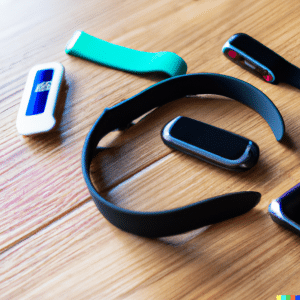
The personal motivations to track metrics like activity, steps or heart rates is even broader, determining market shares accordingly. People buy devices like the Abbott Freestyle libre to track dedicated health metrics 🩸or high-end Oura rings 💍, Polar chest belts 💓 or Suunto tracker ⌚️ to inform their sports programs. Other people more often than not even just accidentally discover that their new Samsung or Huawei smartwatch used for rapid notifications also sports health sensing capabilities for sleep or SPO² (blood oxygenation). We broke down the different tracker categories here.
Correspondingly, the adoption of health and fitness tracking has soared in recent years. Approximately 50% of the population are now utilizing a wearable to monitor their well-being. This trend shows no signs of slowing down, as a multitude of factors continue to drive further penetration into the population. In parallel, the available data is growing fast. Sensors to track activity, sleep and cardiovascular metrics have improved in reliability and coverage, while newer metrics are available ranging from core body temperature to blood pressure.
This does reflect in devices variety. The more people use wearables, the more diverse the device and vendor landscape has become. While in 2014 Fitbit was the single vendor dominating the market, the variety of wearables has increased tremendously in the decade since. In 2024, Apple is shipping around 30% of all smartwatches, with a dozen further vendors dividing the remaining 70% of the market (statista has a great overview of the dynamics here).
So, what’s the devices you should definitely integrate?
The answer is – more than one and most likely rather ten, with the sequence defined by use-case.
The reason behind: the distribution and share of device manufacturers within the population are massively dependent on the respective use-case. For example, a luxury beauty clinic may cater to a different customer demographic and will therefore see different vendors (rather Apple and Oura) than an athlete’s app (rather Garmin and Polar) or a statutory insurer (rather Huawei and Xiaomi).
To be sure about the devices distribution, ask your end users specifically about it – and be prepared, that the manufacturers share will change considerably year on year.
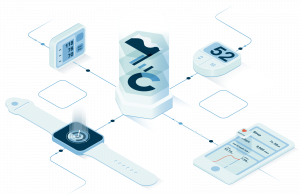
At Thryve we understand the importance of offering a unified solution for diverse device integration. Our software provides a rest-assured-and-sleep-well alternative, covering access to all vendors. Thryve allows connecting all your users devices, while keeping you covered for changing user preferences, wearable’s market shares, sensor hardware or API semantics.
Simplified access to all vendor’s data
Thryve’s unified wearables API covers devices from Apple to Garmin, allowing you to cater to the unique needs of your customer base. Whether you’re a luxury beauty clinic, an athlete’s app, or a diabetes treatment app, Thryve provides the safe (more information here: https://thryve.health/privacy-compliant-wearables-integration-digital-health/ ) and versatile solution you need to deliver a tailored experience to your users.
By harnessing the power of health and fitness tracking devices with Thryve’s unified API, you’re covering all the different wearable’s market shares’ for universal coverage.
Contact us today to stop caring about vendor varieties and unlock the power of health and fitness tracking devices.
Sources: destatis
All images and logos are trademarks of their respective owners.

